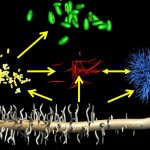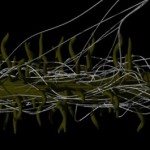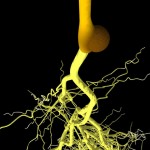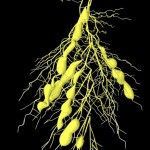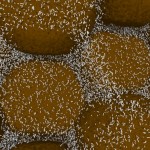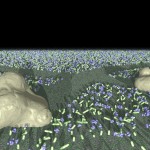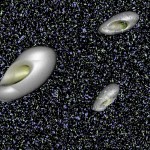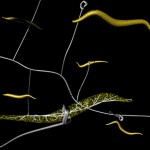The chapter described in the following post is part of a very graphical powerpoint presentation on soil microbiology. This presentation is freely available at the Helmholtz-Centre for Environmental Research (UFZ) in Leipzig, Germany.
In a similar way as above-ground, life below-ground is a continuous interplay of organisms eating each other. The following graphic shows some major players (like bacteria, nematodes, fungi and ciliates) with roots at the basis of such food chains.
- Soil food webs
Let us start with roots, which can be attacked by organisms killing and digesting them (as here, e.g., a fungus)…
… or by parasitizing organisms, who often lead to abnormal growth (gall formation). Since root knot nematodes have been presented in another post, here comes a bacterial gall induced by Agrobacterium tumefaciens,
- Bacterial gall
and galls induced by Plasmodiophora brassicae.
Such structures are places where parasitic organisms have succeeded in modifying plant development and metabolism, this way directing resources towards their own growth. The following image shows agrobacteria surrounding the modified cells from a bacterial gall.
- Agrobacteria
Further examples for organisms eating each other are amebas eating bacteria,
- Amebas
ciliates eating bacteria,
Fungi eating other fungi,
and fungi eating nematodes.

